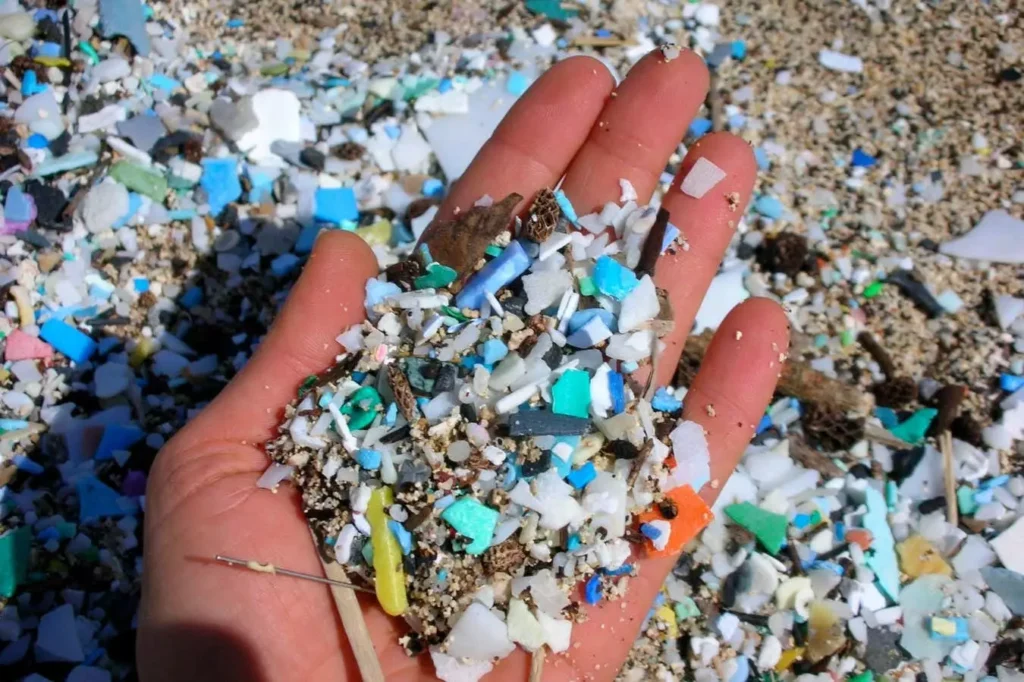Microplastic Contamination has prompted the Food Safety and Standards Authority of India (FSSAI) to launch a project called “Micro-and Nano-Plastics as Emerging Food Contaminants: Establishing Validated Methodologies and Understanding Prevalence in Different Food Matrices.”

Objectives of the Project:
- Develop and validate methods for detecting micro and nano-plastics in food.
- Assess prevalence and exposure levels of microplastics in various food products.
- Create standard protocols for micro/nano-plastic analysis.
- Conduct intra– and inter-laboratory comparisons.
- Generate critical data on microplastic exposure levels among consumers.
About Microplastics and Nanoplastics:
- Microplastics: Small plastic particles less than 5 mm in length.
- Nanoplastics: Particles less than 100 nm (1 μm) in size.
- Health Risks:
- Endocrine disruption
- Weight gain
- Insulin resistance
- Decreased reproductive health
- Potential cancer risk
Ref: Source
| UPSC IAS Preparation Resources | |
| Current Affairs Analysis | Topperspedia |
| GS Shots | Simply Explained |
| Daily Flash Cards | Daily Quiz |
Frequently Asked Question:
What is the purpose of the FSSAI project on microplastic contamination in Indian food?
The project aims to develop methods for detecting microplastics in food, assess their prevalence in various food products, create standardized protocols for analysis, and generate data on consumer exposure levels.
What are microplastics and nanoplastics?
Microplastics are small plastic particles less than 5 mm in size, while nanoplastics are particles less than 100 nm in size.
What are the health risks associated with microplastic exposure?
Health risks include endocrine disruption, weight gain, insulin resistance, decreased reproductive health, and a potential increased risk of cancer.
Why is it important to study microplastic contamination in food?
Studying microplastic contamination in food is crucial for understanding its prevalence, potential health risks, and developing strategies to mitigate exposure and ensure food safety.




